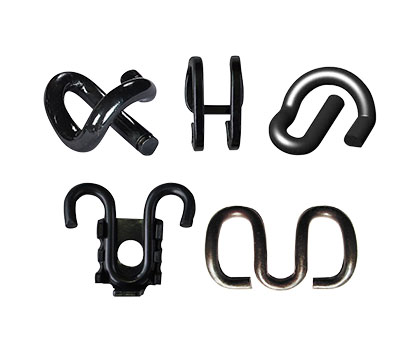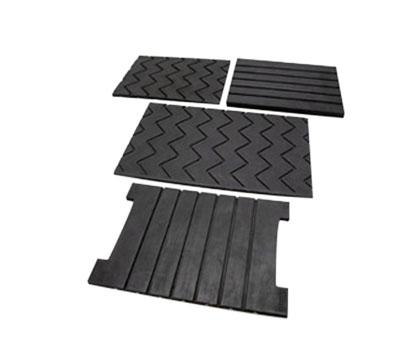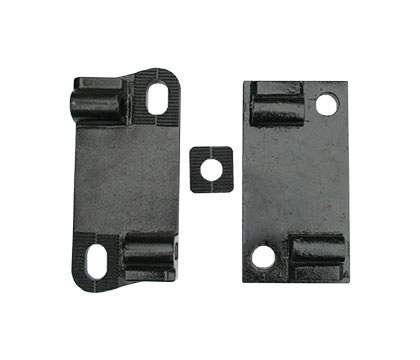Rail Joint Bar in America
Rail joint bar or called splice bar, is a metal bar that is bolted to the ends of two rails to join them together in a track. Because of its shape, it is also called fishplate. It is recorded that, rail joint bar was first deployed on a railway in England in 1844. Since then, rail joint bar has been an indispensable part in the construction of railroad. What’s more, the innovation of industrialization contributes to produce high quality rail joints and rail fasteners to meet the railway requirement at home and abroad.

Railway in America
Railway transport once was crucial to economic development o f America. Even now, the United States still has 412,000km of railway, which occupies 35% of the world. While in today’s developed traffic system, whether the railway transportation has capacity for improvement? The answer has to be an unequivocal “yes”.
In America, more than 130,000km railroad was demolished for lacking of maintenance and backward equipments. It doesn’t represent the railway industry is in decline. On the contrary, railway transportation still plays an irreplaceable role and has a certain market share. What’s more, the government is actively promoting construction of high-speed rail; many high-speed rail projects are under way. All in all, rail joint bars and other rail parts still have a vast market prospect in America.

AREMA Standard Rail joint Bar
Every country has its own standard of rail bar dimension, and choosing correct rail joint bars should depend on the standard of rail bar dimensions. Rail joint bars produced by AGICO have many standards of rail joint bars, such as DIN standard, GB standard, AS standard, AREMA standard and BS standard, etc. Among them, rail joint bars exporting to America are accorded with the AREMA standard.
Next are diameters of rail joint bars for American market:
| Material | Size | Tensile strength Rm | Yield strength ReL / Rr0.2 | Reduction of area Z | Reduction of area Z |
| Chinese steel grade 50# |
115RE,119RE, 132RE,136RE, 141RE |
≥ 690 Mpa | ≥ 480 Mpa | ≥25% | ≥12% |
| C | Mn | S | P |
| 0.35-0.60 | ≤1.2 | ≤0.040 | ≤0.050 |

Rail Joint Bars Installation
In a track, rail joint bar has a function to join together the ends of two rails with the tension from rail bolts. In order to ensure the safety of transportation, we must pay attention to the installation of rail joint bars and daily maintenance.
Preparations before installing rail joint bars
1.Ensure the rail bolts screwed on the rail joint bar device are fixed, without wounds or cracks on the surface.
2.Ensure each connecting rod and lock device have no wounds or cracks, no abrasion or corrosion in the joint bar, the abrasion of bolt hole is less than 1mm, good insulation.
3.Check the rail joint bar installation device’s firm installation and lock function. Ensure the switch machine shell no crack.
4.Check the tubing tank is protected in good condition, no ballast or other debris buried.

Some notes when installing rail joint bars
1.When screwing rail bolts, you should keep the opening of spring washer down;
2.Screwing rail bolts should in proper order, such as rail joint bars with 4 holes, you should first screw the middle two bolts, next the two on the side and then screw the middle two again;
3.If the rail bolt can’t get through the hole in the joint bar, you should knock the bar with a hammer to make the two holes in a line;
4.The rail bolts and the parts connect the rail and bars should be oiled.
All in all, the installation of rail joint bar should in accordance with relevant provisions. We should pay attention to the details when installing and maintain in a certain time to avoid the occurrence of accident.




